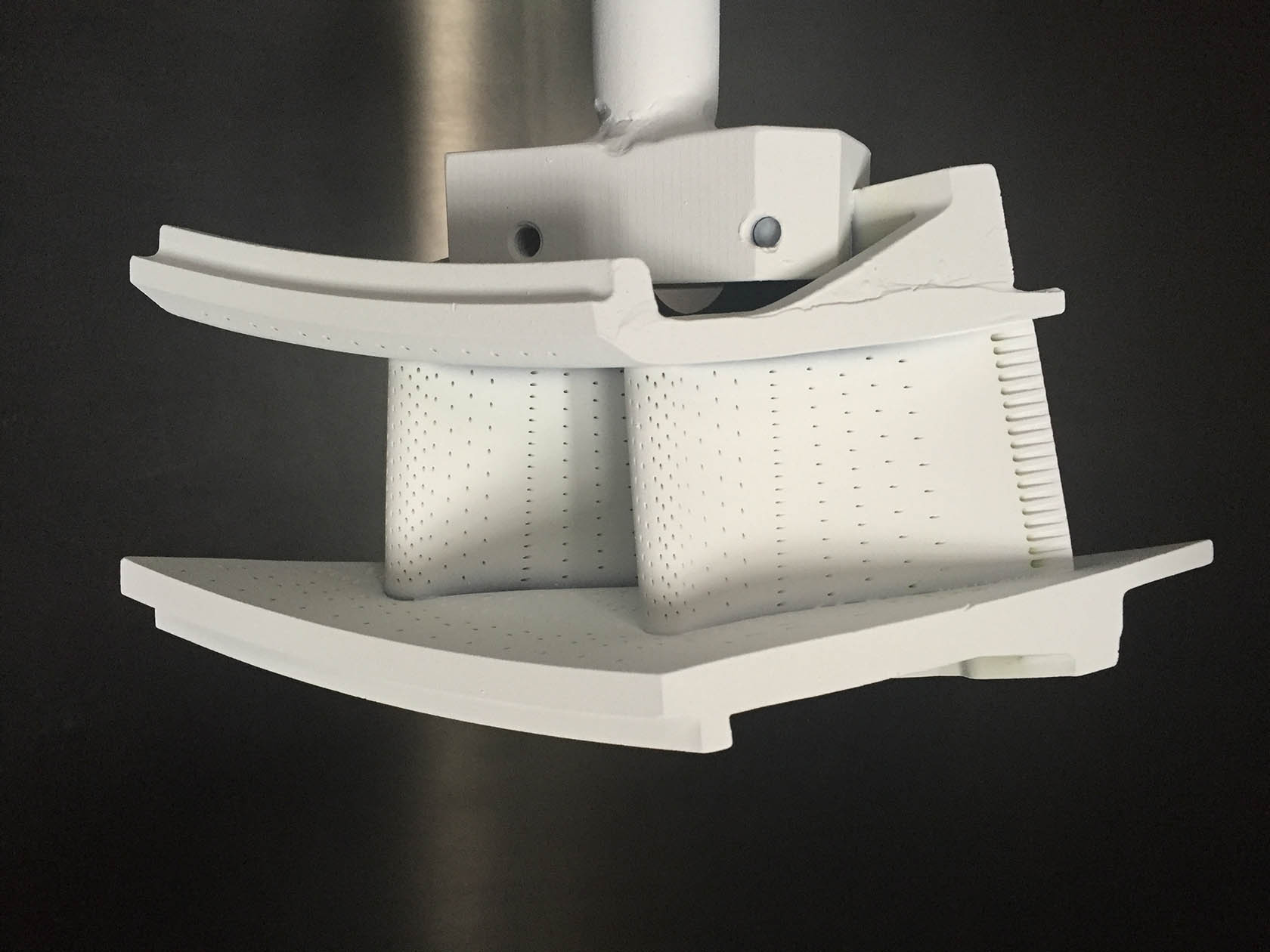High-Temperature Resistance with Thermal Coatings for Superalloy Parts
The Critical Role of Thermal Coatings in Extreme Environments
Thermal coatings are engineered to protect superalloys and high-temperature alloys from oxidation, thermal fatigue, and erosion in environments exceeding 1000°C. These coatings are essential for aerospace turbines and energy sector components, extending part lifespan while maintaining structural integrity under extreme heat.
The global thermal coatings market is projected to reach $9.7 billion by 2030, driven by demand for gas turbines, nuclear reactors, and hypersonic vehicle components. Coatings like Yttria-Stabilized Zirconia (YSZ) comply with AMS 2680 and outperform uncoated superalloys in thermal cycling tests.
The Thermal Coating Process: A Step-by-Step Breakdown
Preprocessing Essentials
Surface Preparation: Grit blasting (Al₂O₃) to achieve Ra 3.2–6.3 µm for adhesion.
Stress Relief: Heat treat nickel-based superalloys at 850°C to relieve residual stresses.
Core Techniques Compared
Coating Process | Thickness | Key Materials | Application Scope | Advantages |
|---|---|---|---|---|
Plasma Spraying | 100–500 µm | YSZ, MCrAlY | Turbine blades | High deposition rate, cost-effective |
Electron Beam PVD (EB-PVD) | 50–200 µm | YSZ, Aluminides | Aerospace thermal barriers | Columnar microstructure, strain tolerance |
HVOF (High-Velocity Oxy-Fuel) | 150–300 µm | WC-Co, Cr₃C₂-NiCr | Exhaust systems | Superior bond strength, wear resistance |
Post-Processing & Optimization
Sealing: Infuse with silicone resins to block microcrack propagation.
Laser Glazing: Refine surface to Ra <1.6 µm for reduced aerodynamic drag.
Performance Advantages vs. Limitations
Property | Thermal-Coated Superalloys | Uncoated/Bare Superalloys |
|---|---|---|
Max Operating Temp | 1200–1500°C | 800–1000°C |
Thermal Cycling Life | 10,000+ cycles (ASTM C633) | 1,000–3,000 cycles |
Oxidation Resistance | 5–10x slower oxide growth rate | Rapid degradation above 900°C |
Erosion Resistance | 3–8x improvement (ASTM G76) | Susceptible to particle impact |
Cost Efficiency | High initial cost, 3–5x lifespan extension | Lower upfront cost, frequent replacements |
Industrial Applications: Where Thermal Coatings Excel
Aerospace: Jet engine turbine blades (EB-PVD YSZ coatings).
Energy: Gas turbine combustors (plasma-sprayed MCrAlY).
Automotive: High-performance exhaust valves (HVOF WC-Co).
Thermal Coating Selection Guide
Material Compatibility Matrix
Substrate Type | Manufacturing Process | Recommended Coating Process | Performance Gain Focus |
|---|---|---|---|
EB-PVD YSZ | Thermal barrier, oxidation resistance | ||
Plasma Spray MCrAlY | Hot corrosion resistance | ||
HVOF Cr₃C₂-NiCr | Abrasion/erosion resistance |
Supplier Evaluation Criteria
Equipment: Vacuum plasma spray systems with ±1% thickness uniformity.
Certifications: NADCAP for aerospace, ISO 14001 environmental compliance.
Surface Finish Technology Matrix
Technology | Main Function | Key Features | Advantages |
|---|---|---|---|
Insulate superalloys from extreme heat | YSZ 100–400 µm, 1200°C capability | Enables higher engine efficiency | |
Protect against oxidation and corrosion | Mullite/SiC, 50–200 µm | For ceramic matrix composites (CMCs) | |
Minimize clearance in rotating machinery | Al-Si/Polyester, 200–800 µm | Improved turbine efficiency |
Technical Suitability: A Four-Dimensional Model
Temperature Resistance EB-PVD YSZ coatings withstand sustained temperatures up to 1500°C, enabling next-gen hypersonic applications.
Cost Efficiency While plasma spraying offers lower initial costs, EB-PVD’s 3–5x lifespan extension reduces long-term maintenance expenses.
Durability HVOF coatings achieve bond strengths >80 MPa (ASTM C633), critical for high-stress components like exhaust valves.
Processing Complexity EB-PVD requires vacuum chambers and precision controls, making it suitable for high-value aerospace parts.
FAQs
How do thermal coatings differ from standard anodizing?
Can thermal coatings be repaired after degradation?
What substrates are incompatible with YSZ coatings?
How to test thermal coating adhesion strength?
Are HVOF coatings suitable for titanium alloys?

